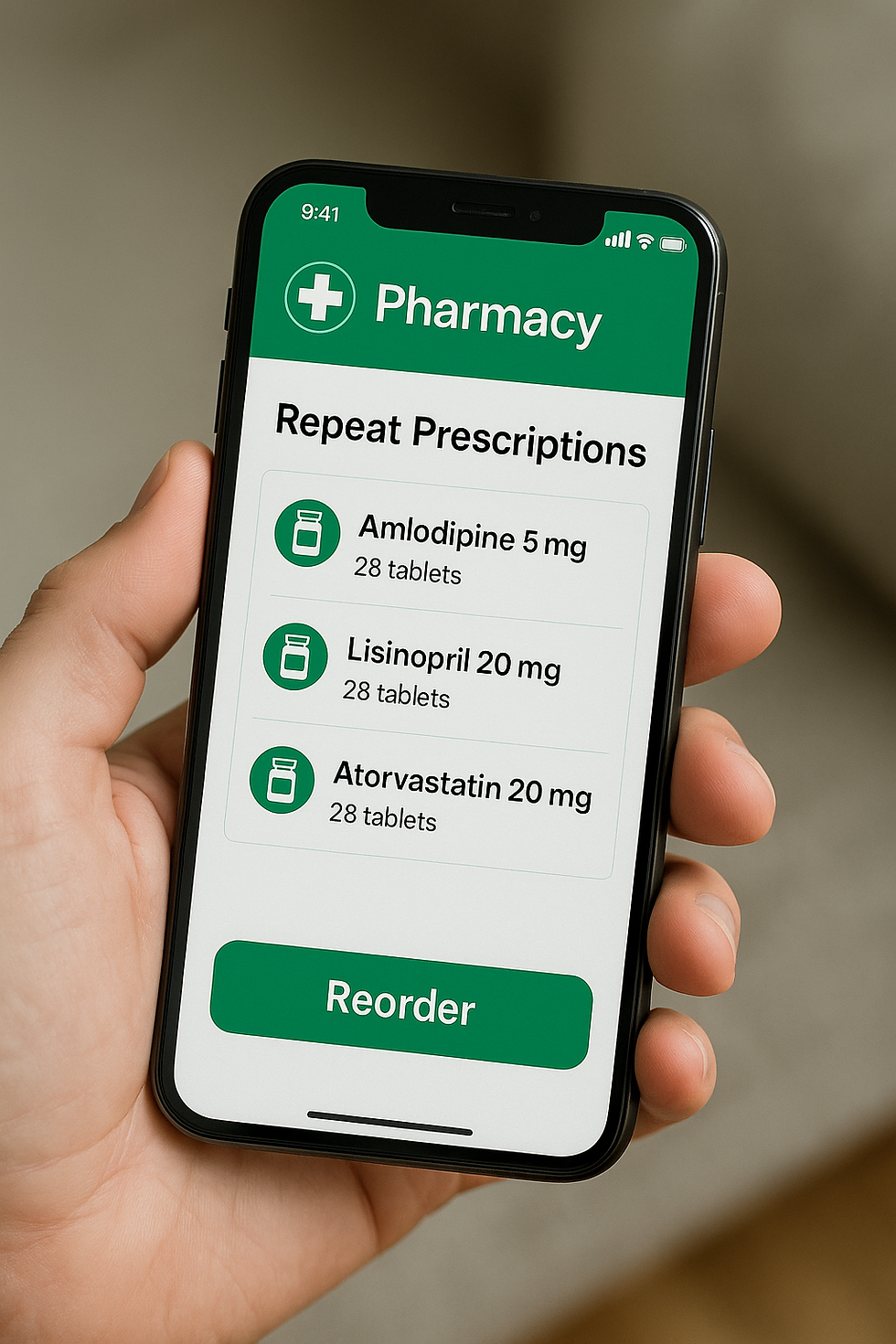How EPR & Pharmacy Integration Enables Faster, Safer Medication Supply
- Kyle

- Mar 20
- 3 min read
In fast-paced hospital environments, ensuring timely access to medication is critical for patient care. Integration between Altera Sunrise Clinical Manager (SCM) EPR and EMIS Ascribe streamlines the entire process, reducing delays and enhancing patient safety. By automating communication between prescribing, pharmacy, and administration workflows, this integration eliminates manual transcription errors and ensures medication supply is both efficient and safe.

Real World Example: IV Antimicrobials on a Ward Round
During a morning ward round, a consultant prescribes IV aciclovir for a patient suspected of viral meningitis. The medication order is placed directly into Altera SCM EPR, where it immediately becomes part of the patient’s electronic record.
But how does this order translate into the medication reaching the patient in time?
Step-by-Step Process of Integrated Medication Supply
1. Doctor Prescribes the Medication
The prescribing clinician selects the required dose, route, and frequency in SCM EPR. This order is instantly recorded and visible to the healthcare team, avoiding the need for handwritten requests or manual transcription.
2. Nurse Prepares for Administration
When the time comes for the first dose, the nurse checks the patient’s medication chart in the EPR. If the medication is already available on the ward, they proceed with administration.
3. Medication Supply Request (Referral) is Placed
If the drug is not stocked on the ward, the nurse places a supply request referral through the EPR. This request appears in the order-based patient list, ensuring visibility to the pharmacy team.
4. Pharmacists Validate and Action Requests
Pharmacists act as gatekeepers for supply. They review all supply requests in the patient list, ensuring:
The order is clinically appropriate.
The medication is required for immediate administration.
The most appropriate formulation is selected.
Once validated, the pharmacist proceeds to clinically check the order and place a supply request.
5. Seamless HL7 Messaging Between Systems
Each action in EPR (the medication order, clinical check, and supply request) triggers HL7 messages, which are sent from SCM EPR to EMIS Ascribe.
This ensures:
No duplication or manual transcription of requests.
Real-time updates between prescribing and pharmacy systems.
6. Medication Supply & Dispensing in Ascribe
In Ascribe, the pharmacist’s validated request appears in the pharmacy dispensing worklist.
The workflow then follows these steps:
Pharmacy Assistants process and dispense the medication.
Pharmacy Technicians accuracy-check the medication before release.
The dispensed medication is delivered to the ward for administration.
7. Nurse Administers the Medication
Once the medication is delivered, the nurse administers it as per the prescription and records it electronically, ensuring full traceability.
Why Integration Matters: Safer, Faster Medication Supplies
The integration between SCM EPR and Ascribe provides significant benefits:
✅ Eliminates Transcription Risks
Orders flow directly from prescribing to pharmacy, reducing errors.
✅ Enhances Efficiency
Reduces delays in medication supply and enables prioritisation of urgent referrals.
✅ Improves Patient Safety
Ensures medication is clinically checked and dispensed appropriately.
✅ Supports Real-Time Communication
Pharmacy and nursing teams can track supply requests without additional phone calls or paper referrals.
Conclusion
The seamless integration of EPMA with pharmacy systems is transforming hospital workflows. By reducing delays, improving accuracy, and ensuring better coordination between prescribers, nurses, and pharmacists, this technology-driven approach plays a vital role in enhancing patient safety and medication management.
As digital healthcare continues to evolve, further integrations, including AI-driven predictive stock control and automated medication dispensing, will continue to refine and enhance hospital pharmacy operations.




Comments